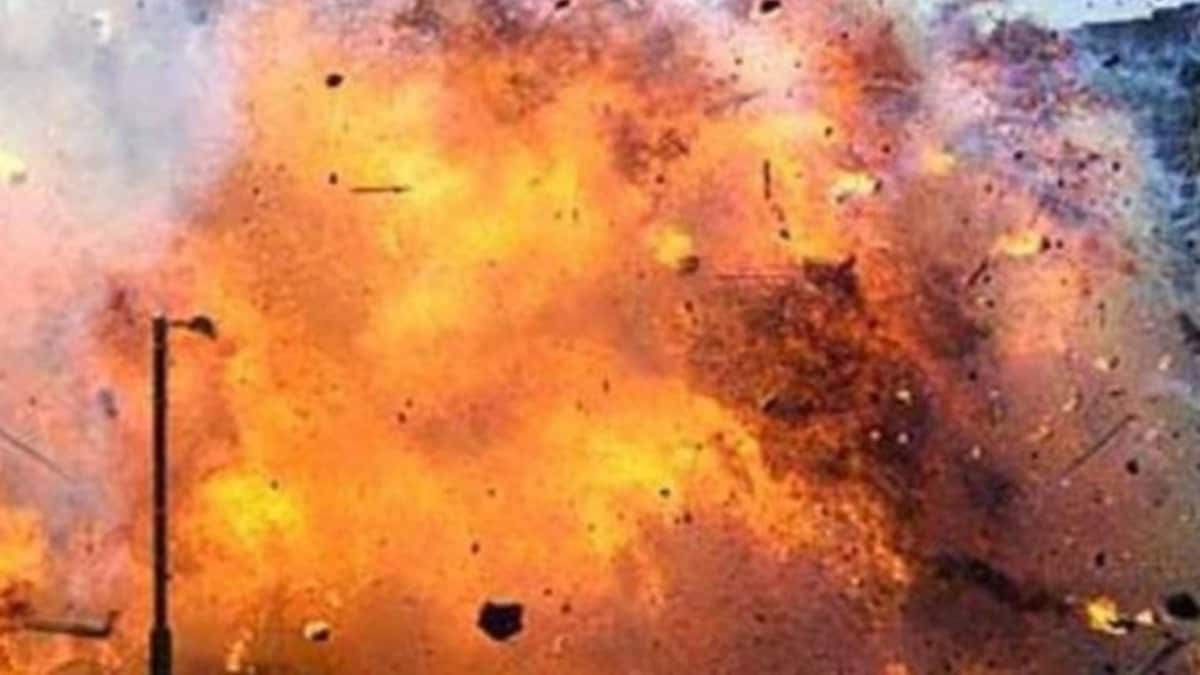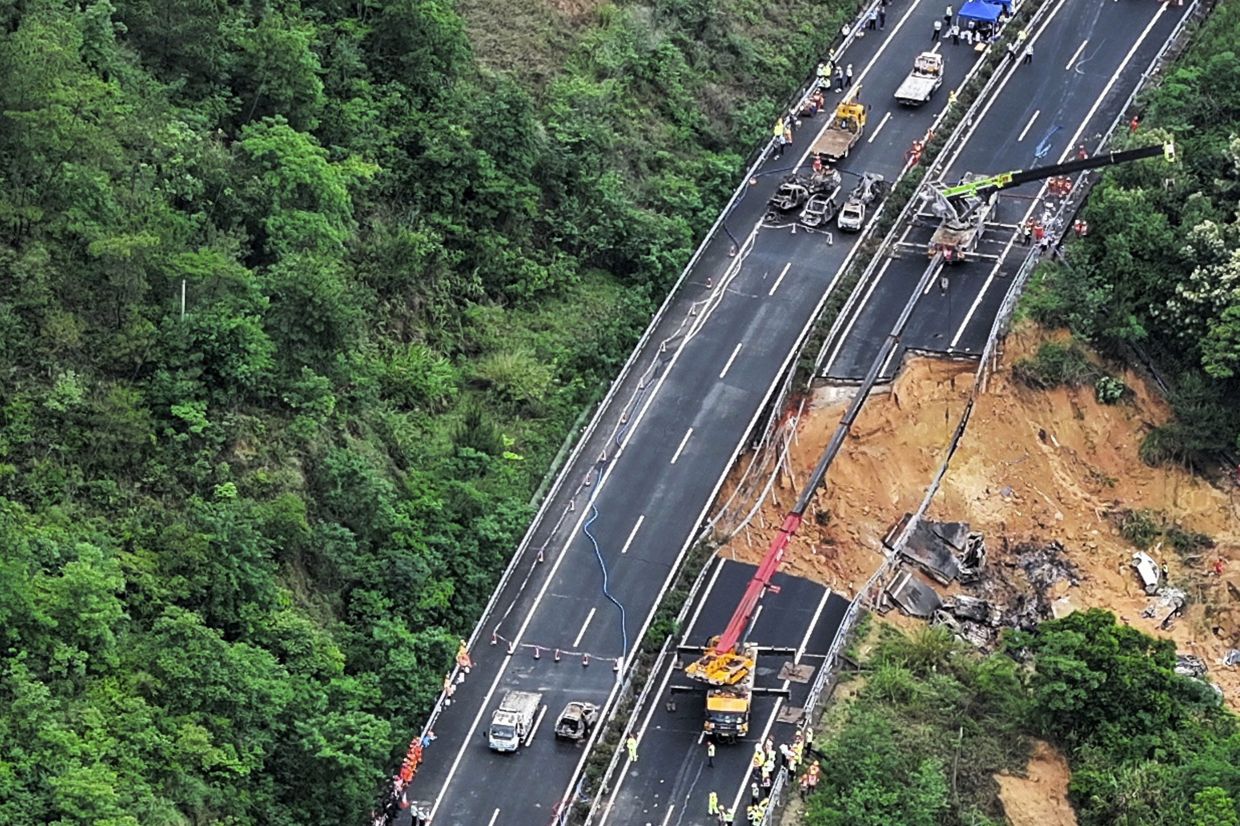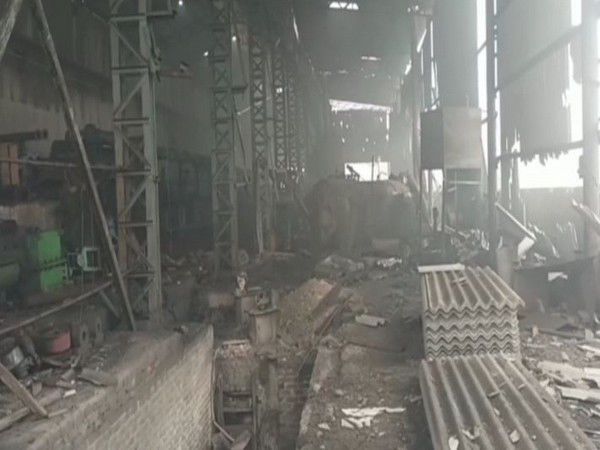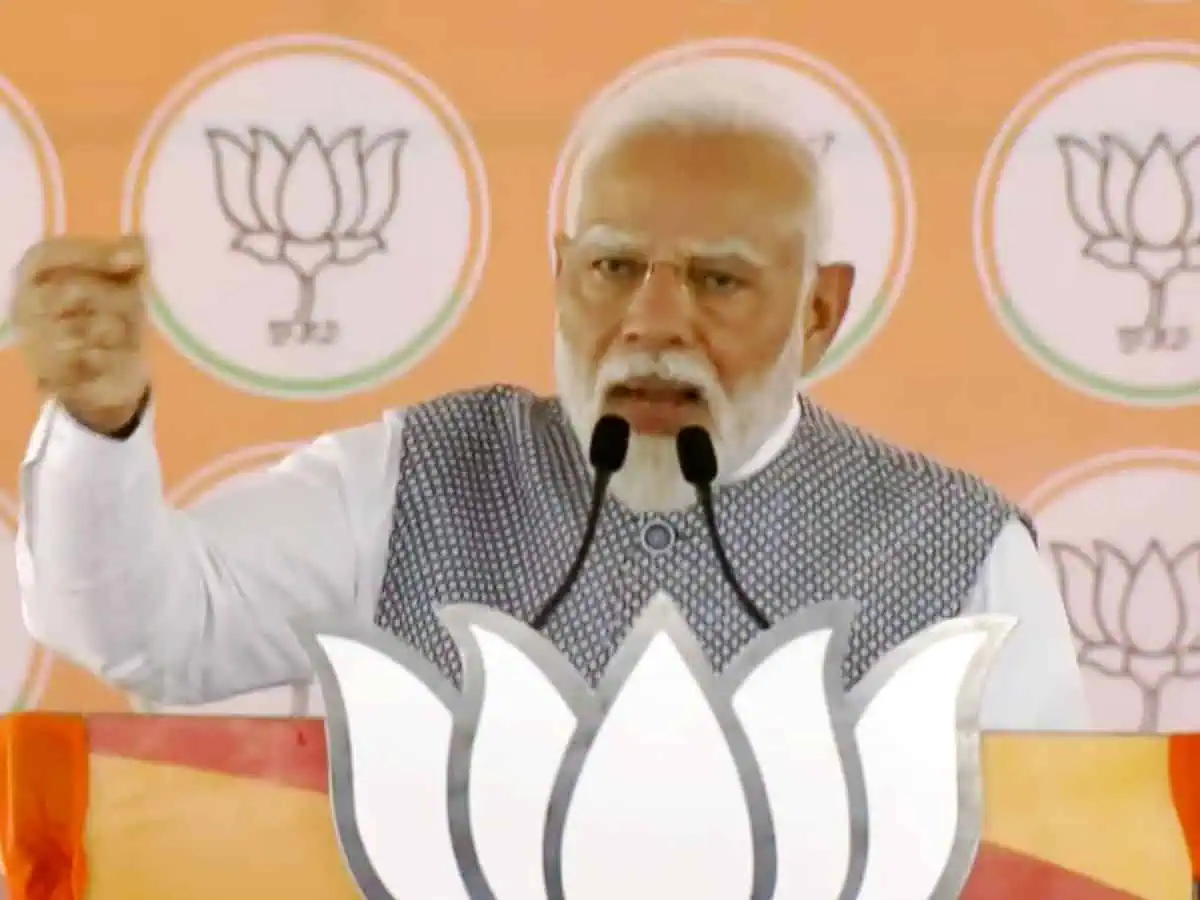Bajrayogini Mai’s Jatra begins (photos included)
This is one of the major Jatra among other jatra which is commended every year inside Kathmandu Valley. During the time of this jatra, we can see heaps of individuals and the ownership of celebration.
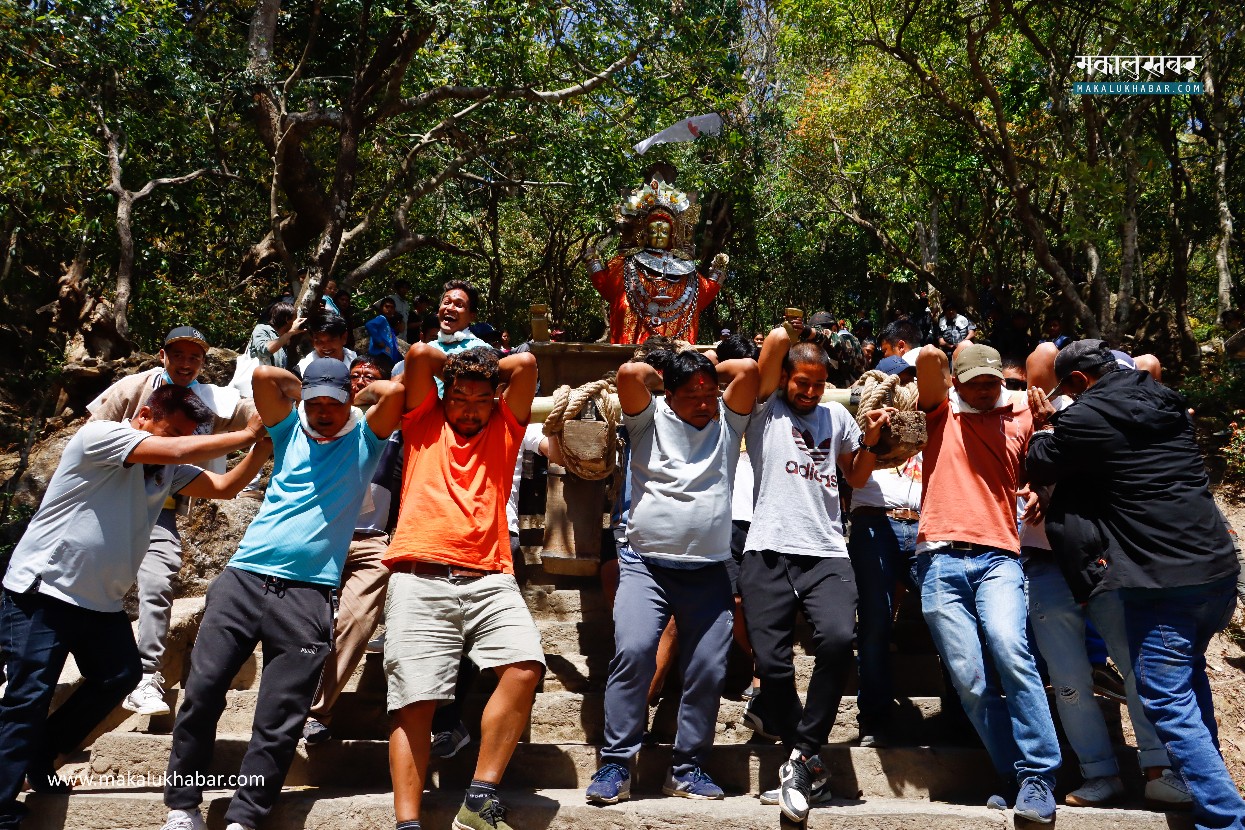
KATHMANDU: The Jatra of Bajrayogini Mai, which will span 8 nights and 9 days, began today in Sankhu, Shankharapur Municipality. The Jatra begins with the idol of Bajrayogini, Chibha:dya: (ancient Swayambhu Chaitya), lion-faced and tiger-faced idols being carried on a stick to Sankhu areas.
This is one of the major Jatra among other jatra which is commended every year inside Kathmandu Valley. During the time of this jatra, we can see heaps of individuals and the ownership of celebration.
Bajrayogini, a Tantrik Devi together with five Thakali Gurjus, is worshiped for eight days by offering money, betel nut, and Swayambhu Chaitya and walking through Sankhu Bazar. Residents of Sankhu town are not permitted to wear leather shoes, carry umbrellas, demolish old houses, build new houses, collect debts, or ride elephants and horses after playing Naikhi Baza to begin the Jatra.
It is said that the tradition of not being able to wear shoes, carry umbrellas, or ride horses began with the intention of making all Sankhu citizens equal during the Jatra period. Chariot is erected from Bajrayogini temple and placed in four out of the eight villages of Sankhu. Four areas have been designated as Dhula, Chalakhu, Elatole and Suntole to keep chariot.
Salkha is represented in Dhulatol, Dugahiti is represented in Chalakhutole, Pukhulachi is represented in Elatole, and Ipatole is also represented in Suntole.
This jatra is extremely popular among Newar People group so from various territory individuals assemble to watch this celebration.
During the Kaligad Sambat in 1801, King Shankhadev created the Shankharapur town, according to history. King Shankhadeva began the Jatra of Bajrayogini from Kaligad Sambat 1818 after founding the village. The Bajrayogini region is also known as the birthplace of the Bajracharyas.
Photos:-
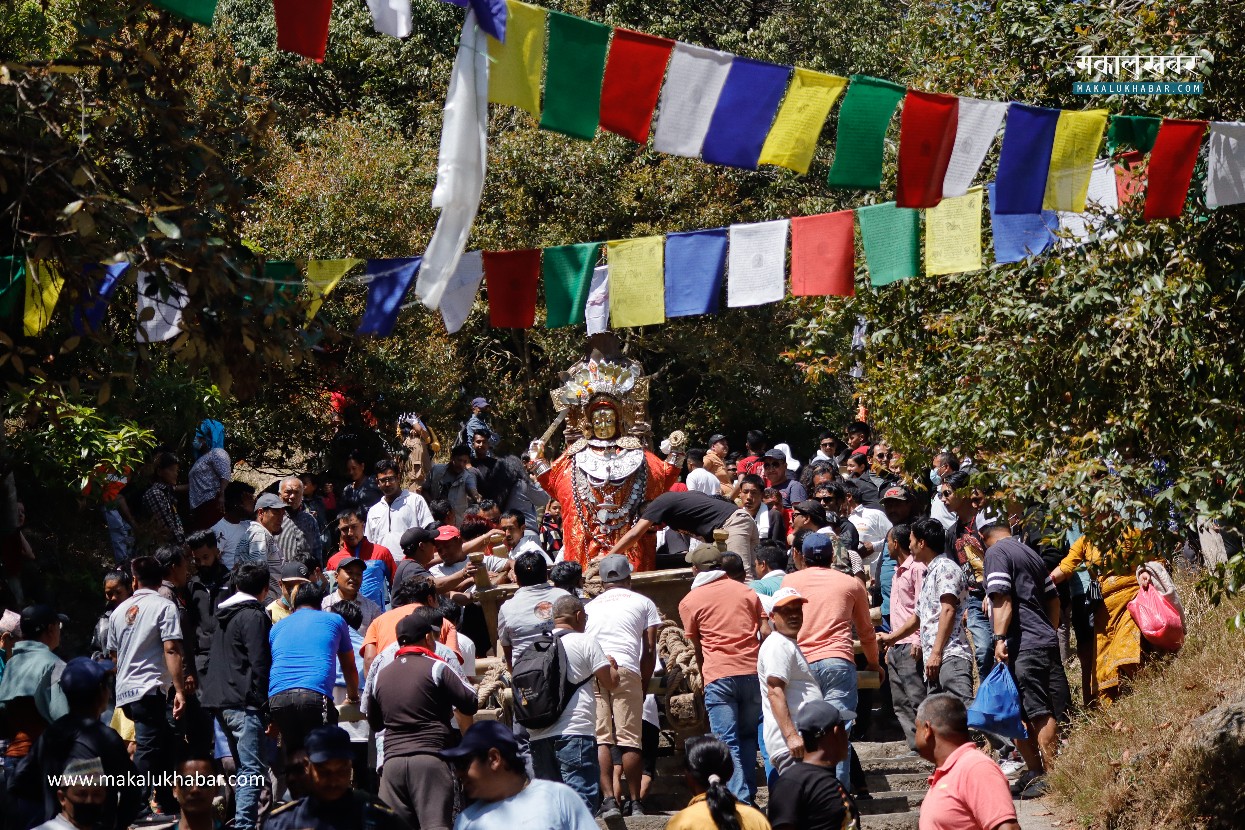
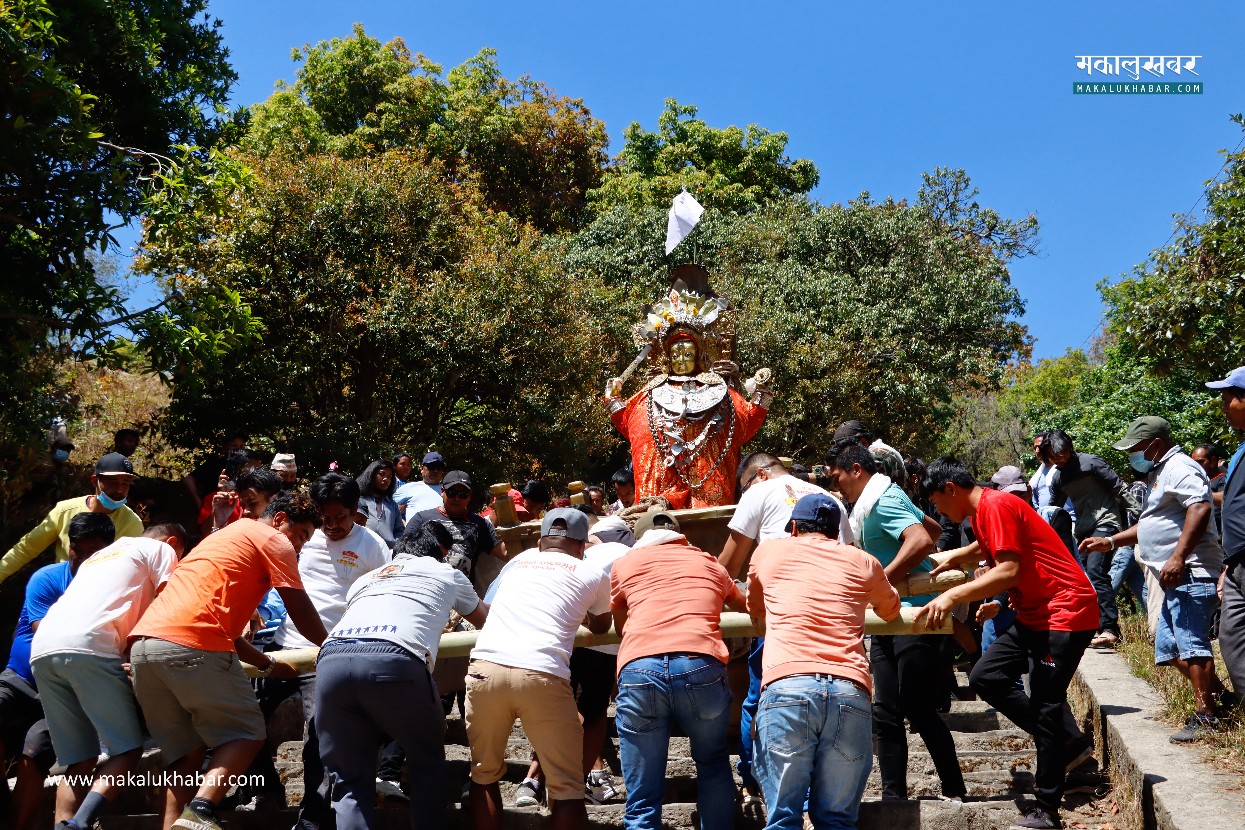
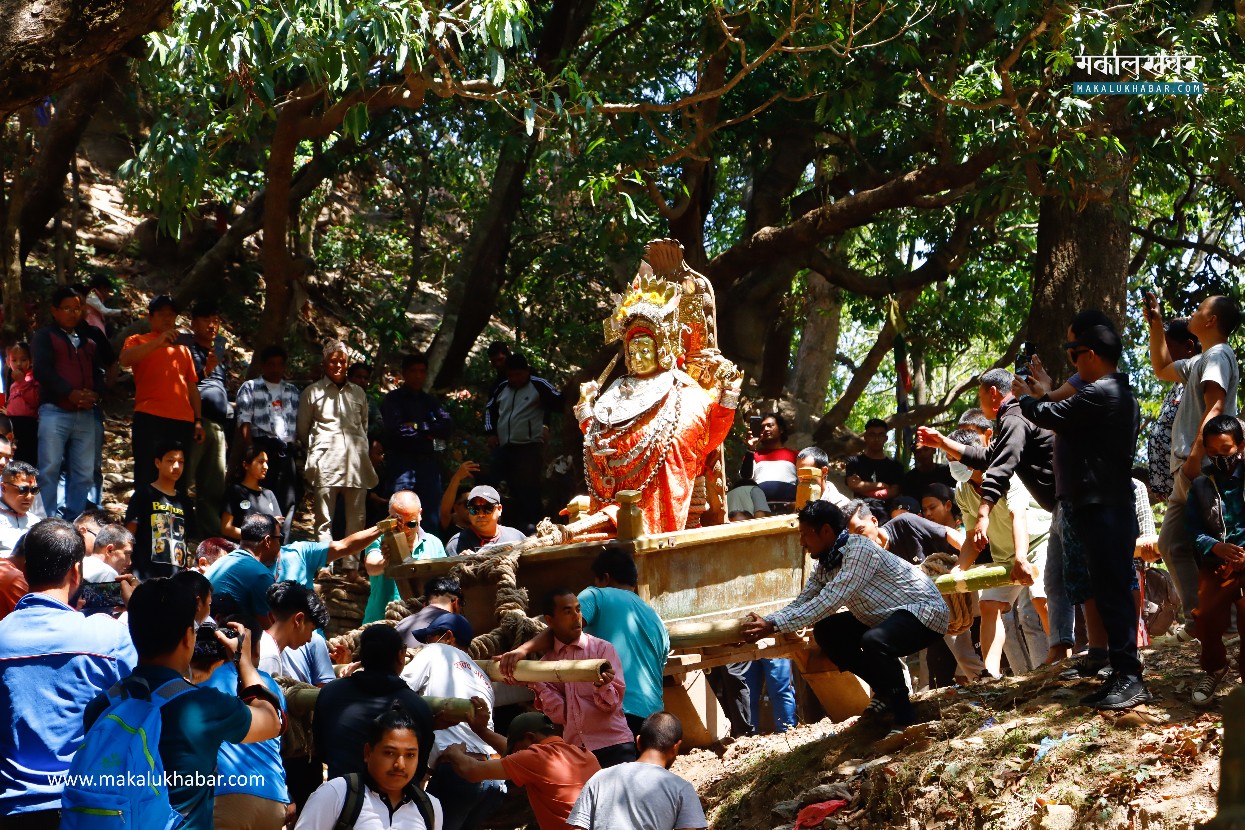
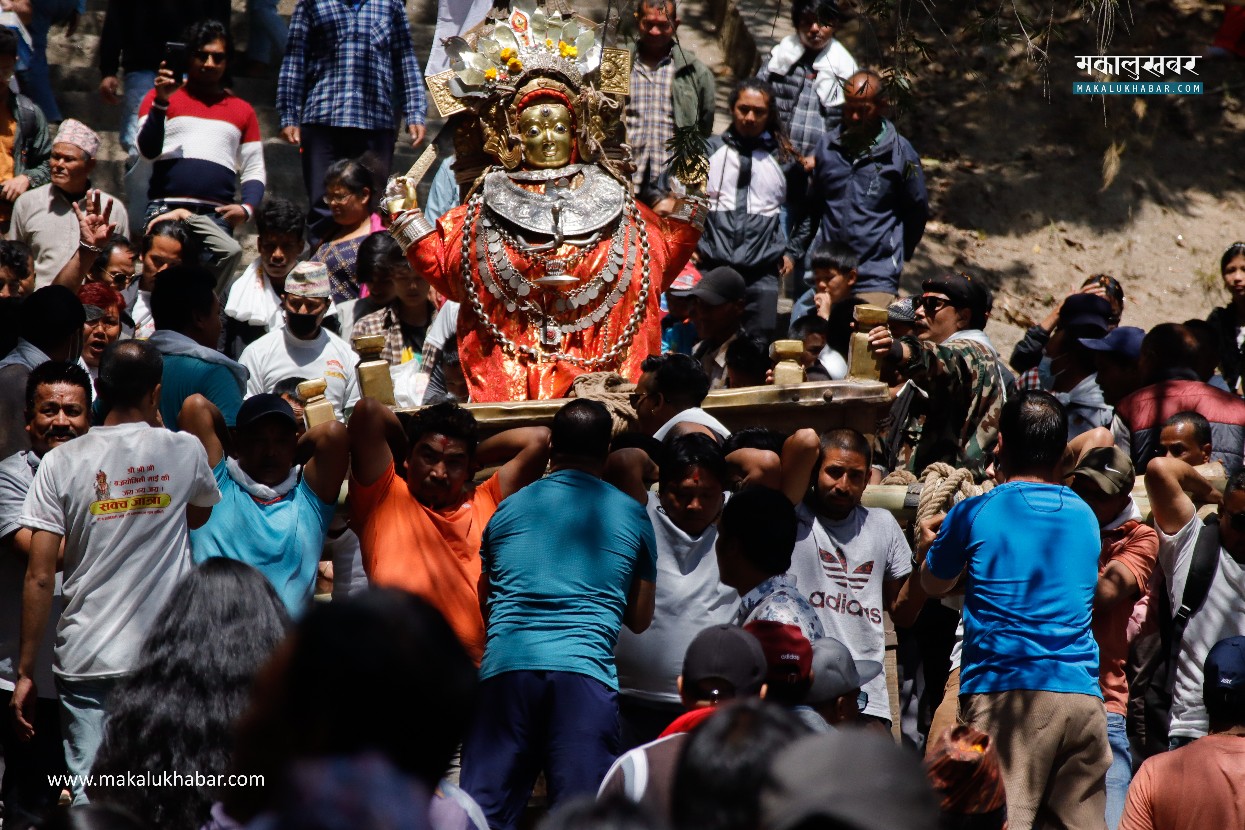
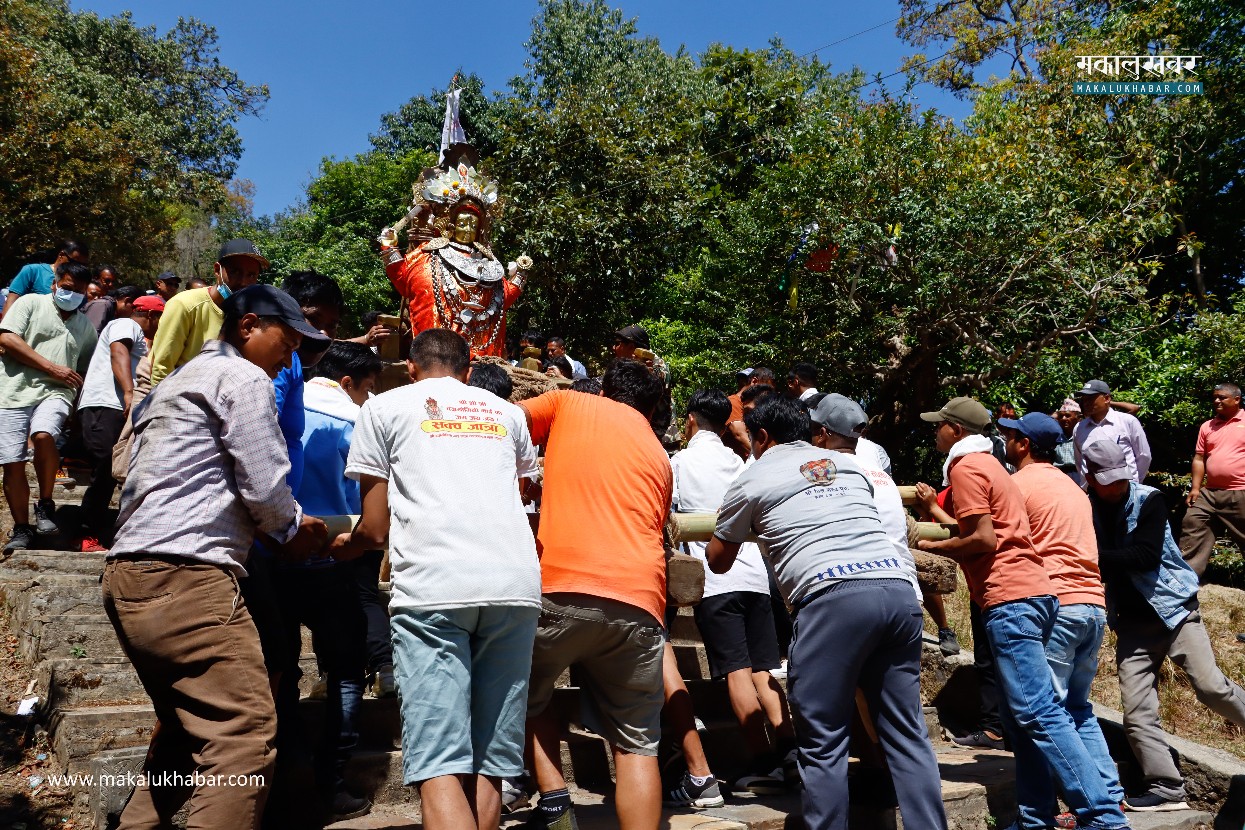

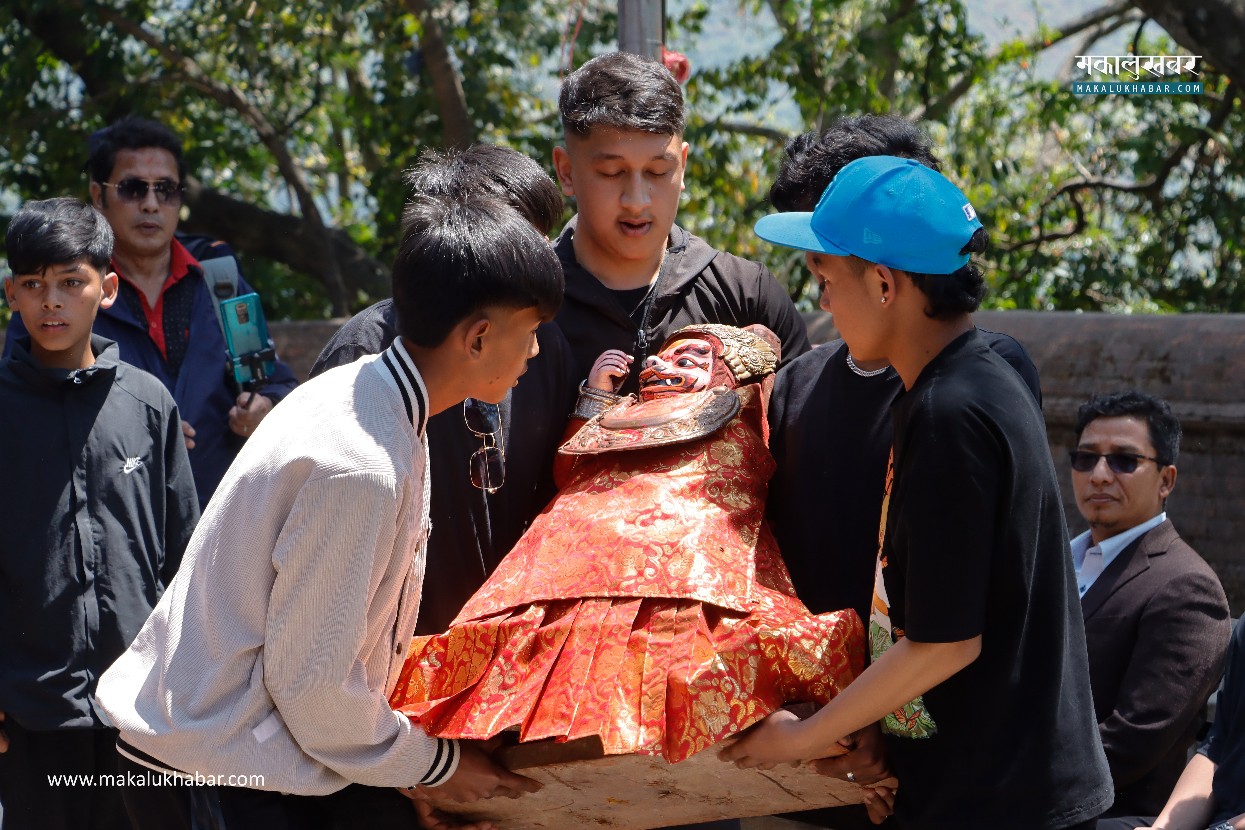
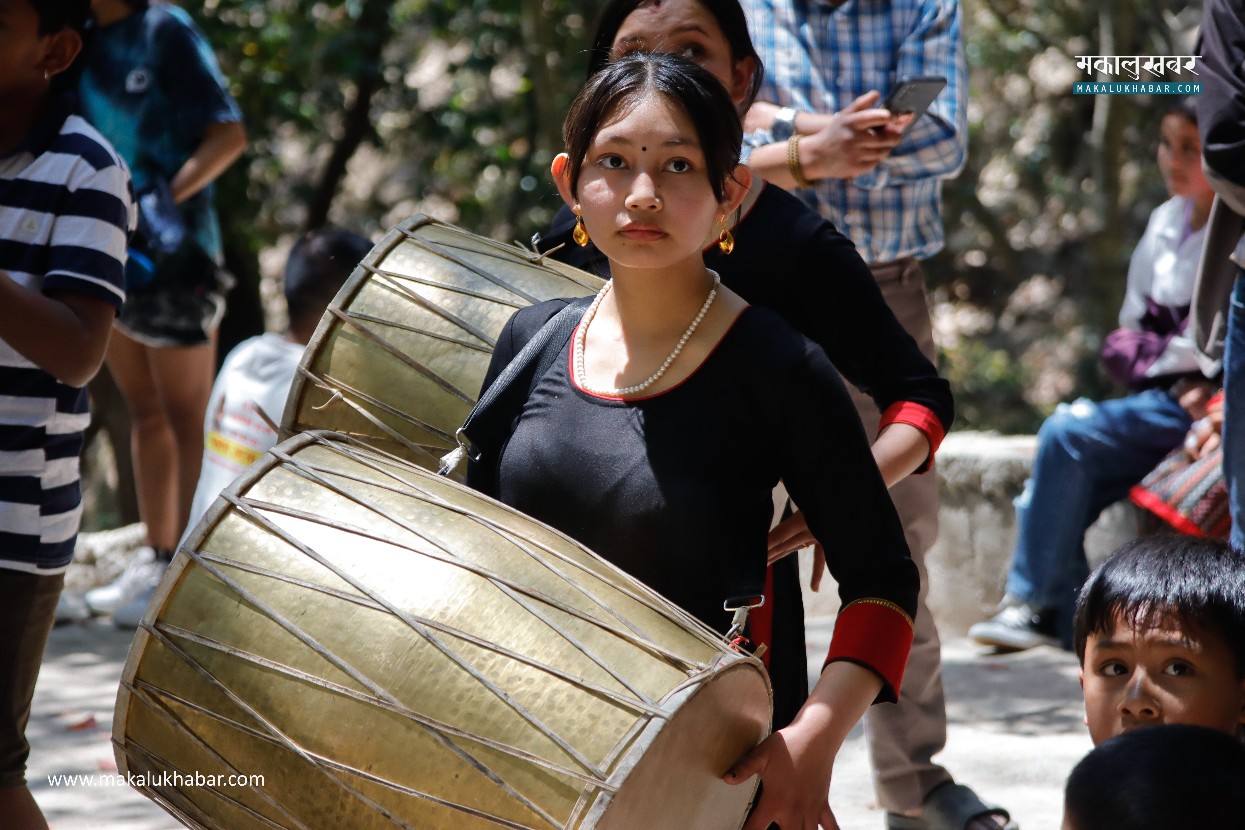
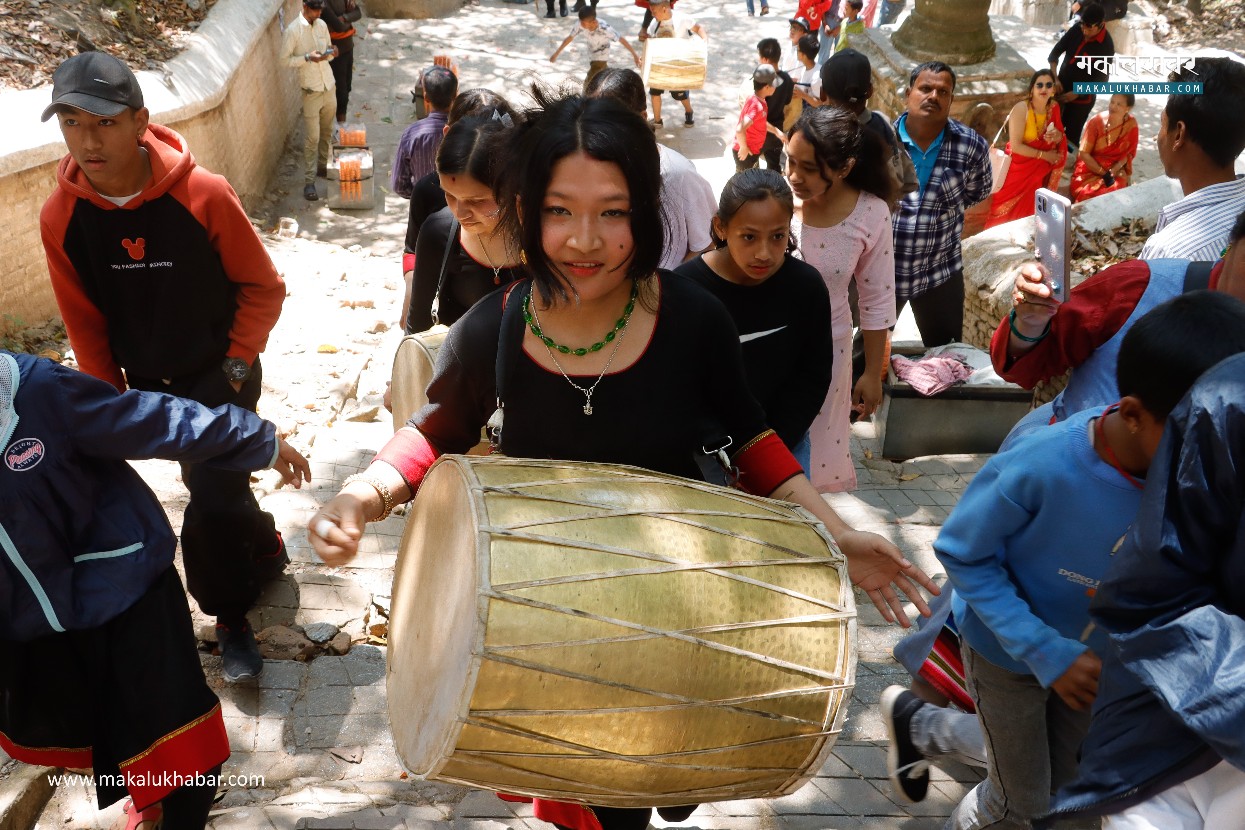
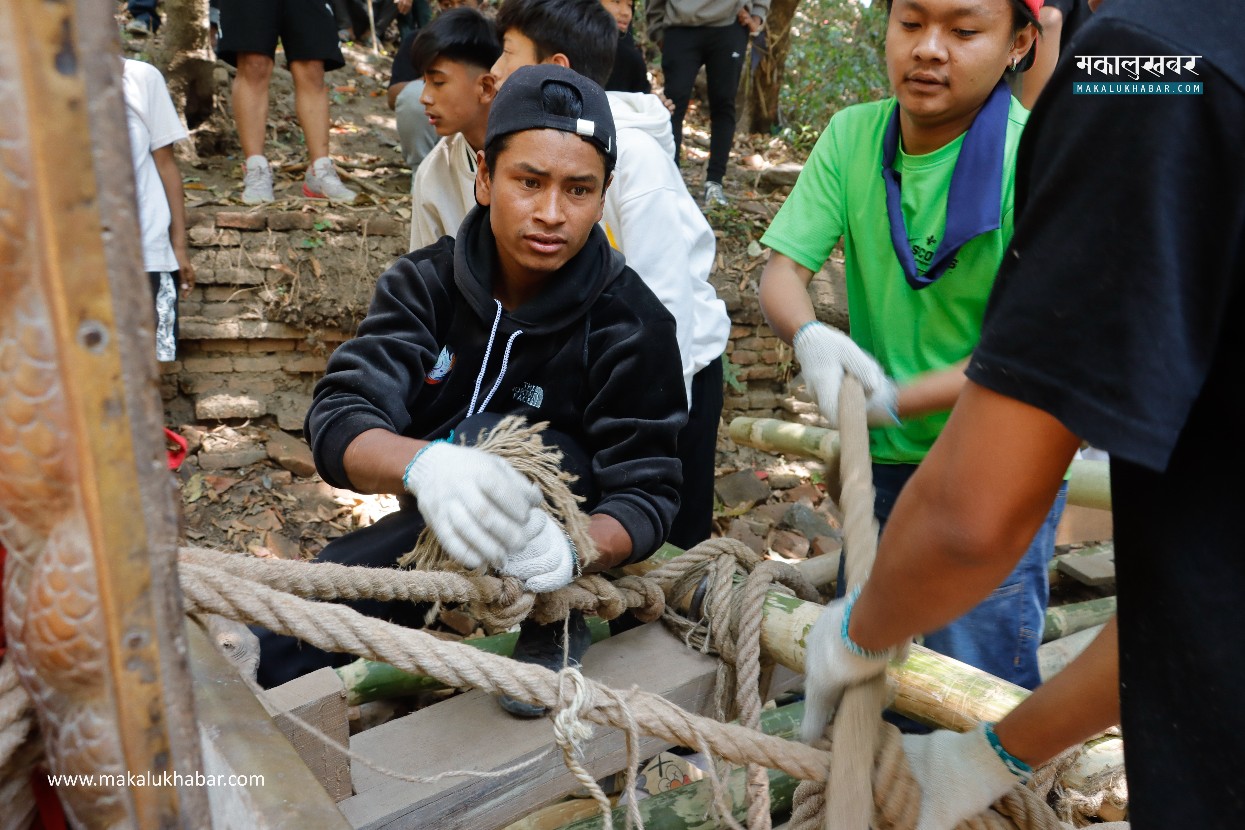
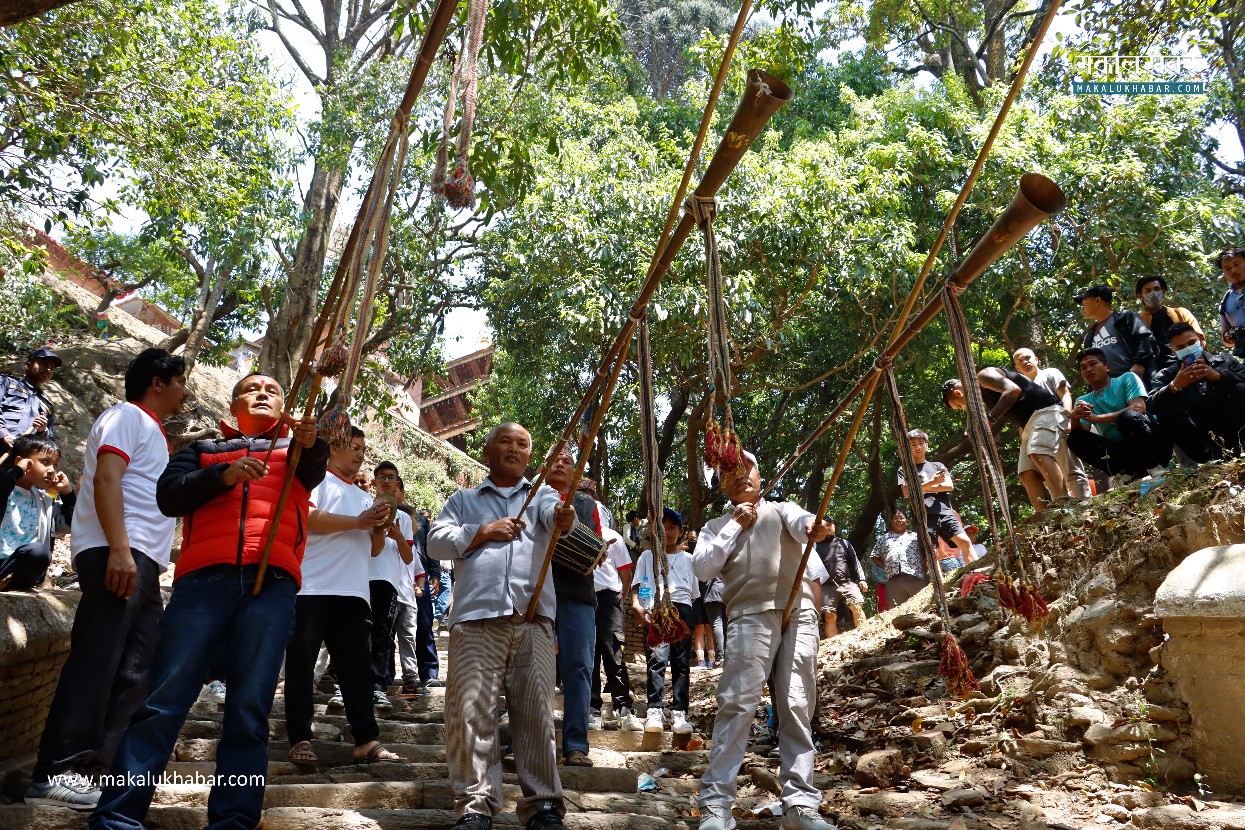
-Saroj Basnet/MK


